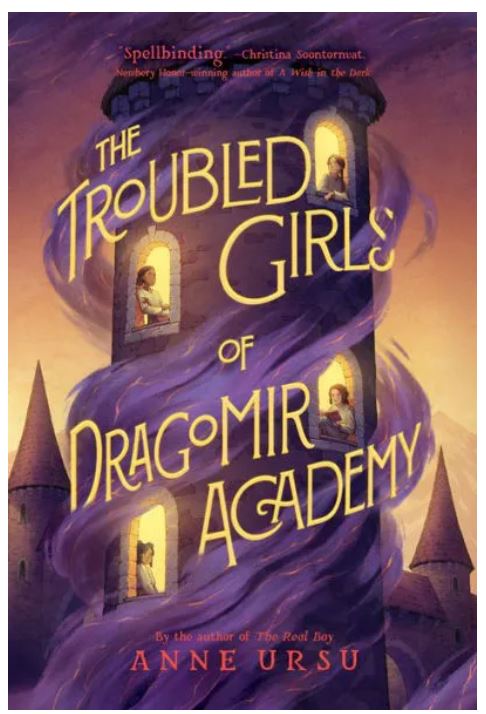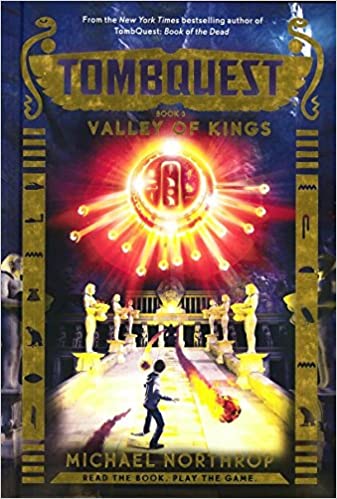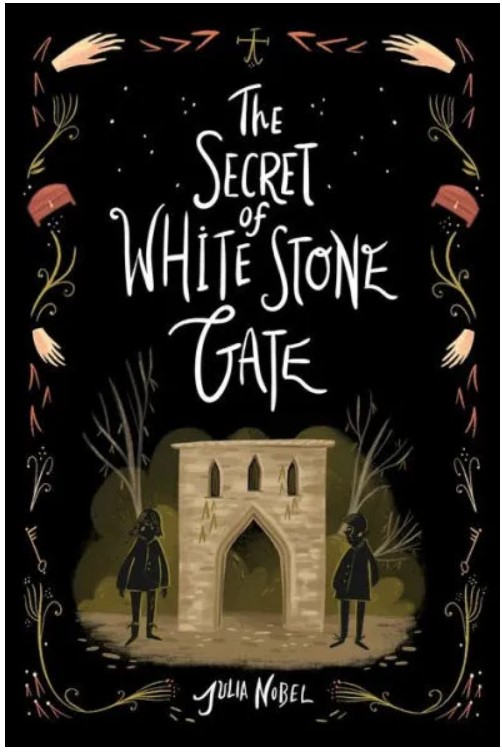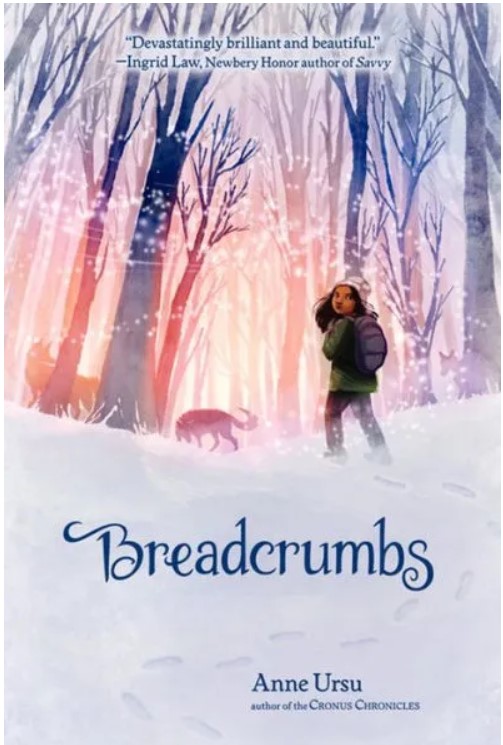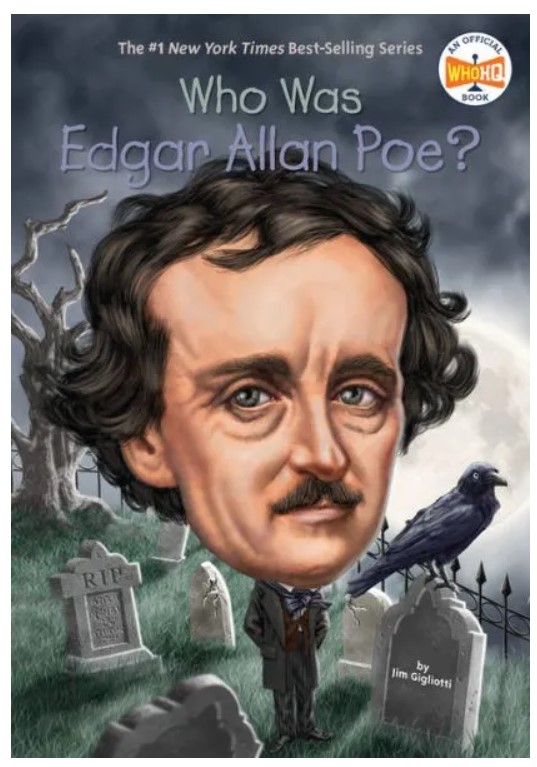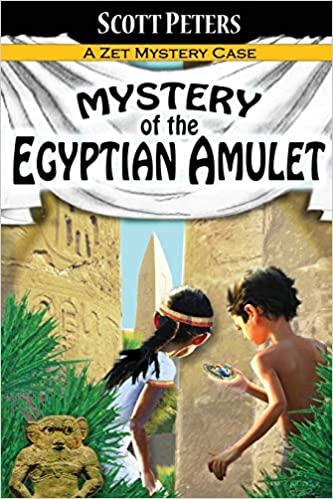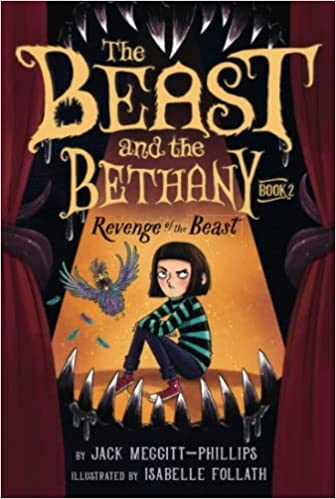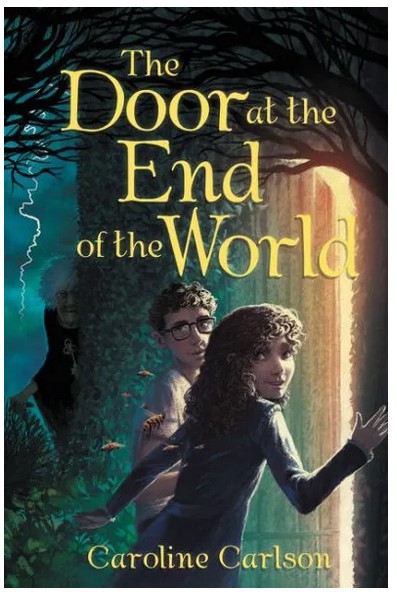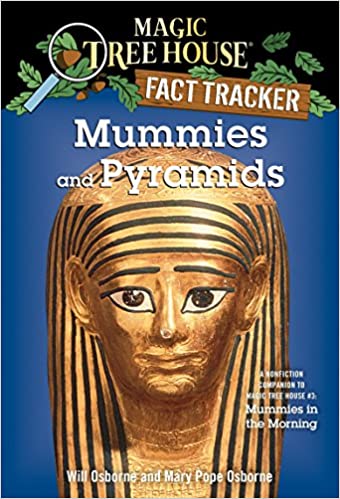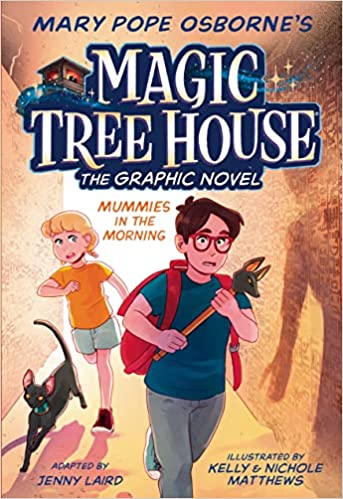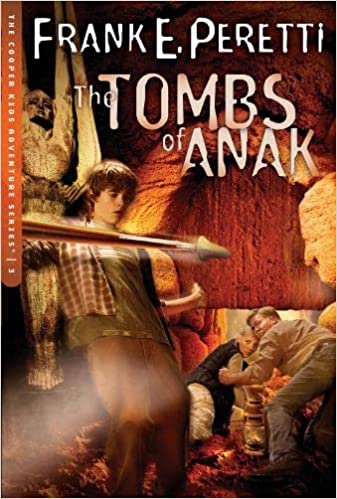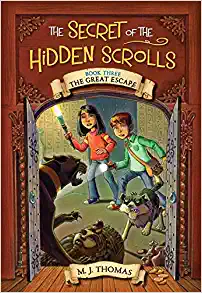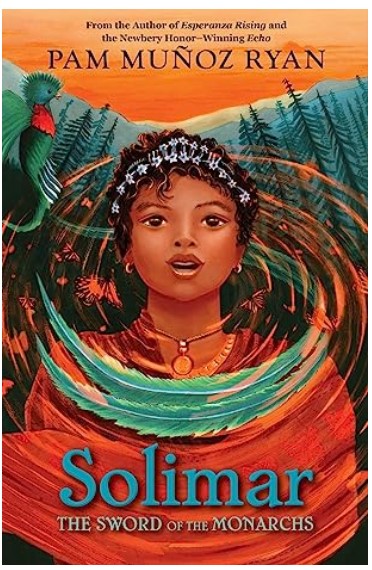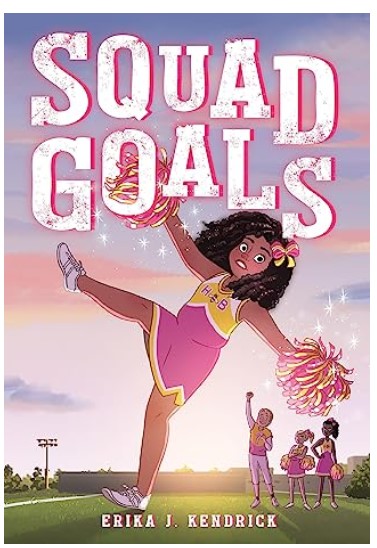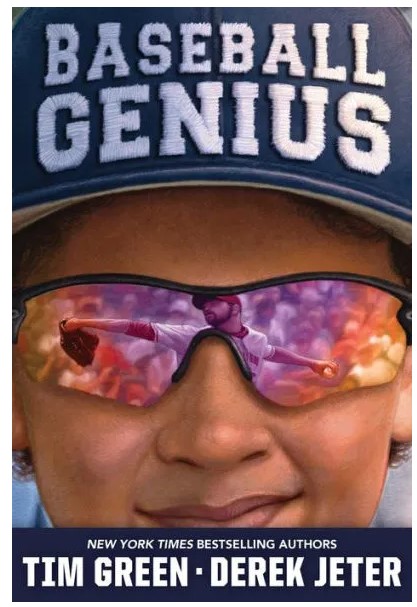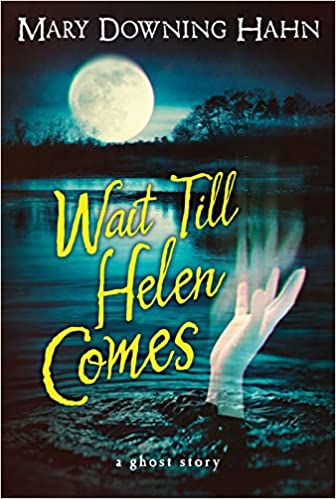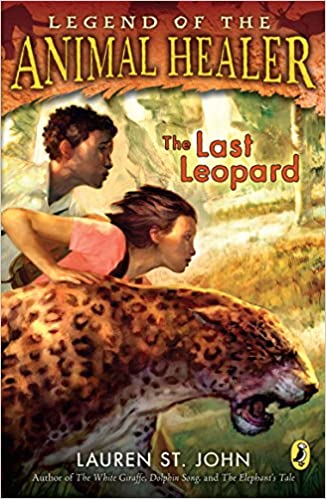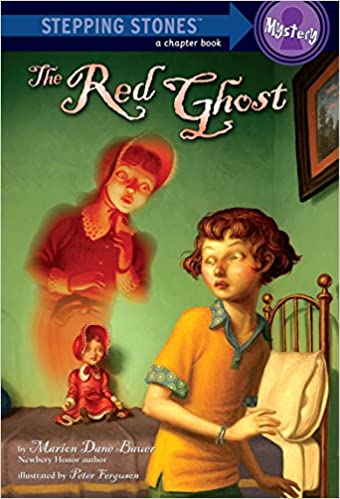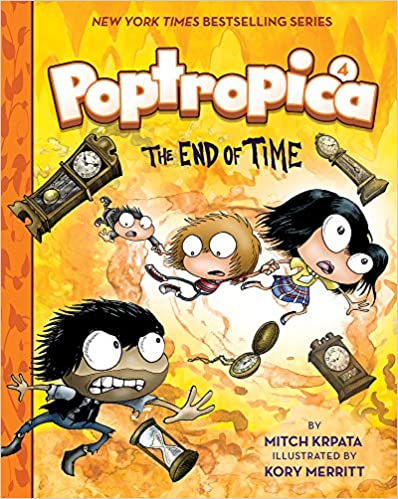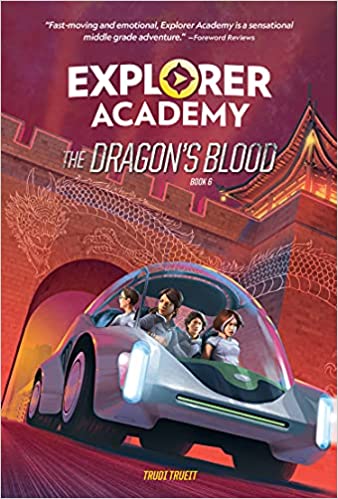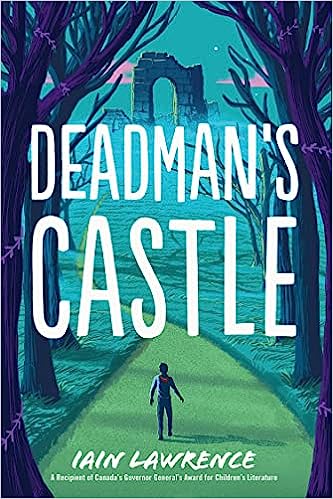A twelve-year-old boy has a simple desire: to have friends, go to school, keep his name, and stop “bugging out.” Unfortunately, his life has been far from simple ever since his dad witnessed something he shouldn’t have. In order to protect themselves, his family abandoned their identities and went into hiding. Currently, the young boy hides under the name Igor. For the past seven years, they have had to live under different names and in new houses. Now they’re always on the run, hiding from the mysterious and dangerous Lizard Man.
Despite the constant danger and the fear of being discovered, Igor clings to the hope of a normal life. He yearns to have a routine. Igor longs to be able to discover his real name, the one that connects him to his past and his family. But as he grows older and more restless, Igor starts testing the limits of his dad’s strict rules, hoping to find a way to break free from the never-ending cycle of running and hiding. But the more Igor uncovers, the more he realizes that the danger is real, and the Lizard Man is closer than ever. The Lizard Man is getting closer, and Igor’s father’s past is catching up with them. But Igor is determined to find a way out of this life of fear, to discover the truth about his father’s past and his family’s connection to it.
Despite the odds, Igor clings to the hope of a normal life, and his determination to find a way out of the cycle of hiding and running makes him a hero in his own right. Will he be able to uncover the truth about his family’s past and put an end to the never-ending cycle of hiding and running? Only time will tell.
Deadman’s Castle is a gripping tale of adventure and mystery that promises to keep readers on the edge of their seats. From the very first page, readers will be transported to a world of danger and intrigue, where every turn of the page brings a new revelation and a new challenge for the protagonist, Igor. As the story unfolds, Igor finds himself embroiled in a web of lies and deceit that threatens to destroy not only his own life but the lives of those he loves most.
The plot of Deadman’s Castle is both intricate and compelling with a rich and immersive world that readers won’t want to leave. There are heart-stopping action scenes that will leave readers breathless with fear and suspense, as well as heart-warming moments of tenderness and compassion that will bring a tear to the eye.
But it’s not just the plot that makes Deadman’s Castle such a captivating read. The characters are fully fleshed-out and multi-dimensional, with their hopes, fears, and motivations making them feel like real people. Readers will find themselves cheering for Igor as he struggles to uncover the truth about his family’s past and break free from the never-ending cycle of hiding. They’ll also be drawn to the other characters, such as Zoe and Angelo, Igor’s two new friends, who each have their own unique story to tell. Zoe, if that even is her real name, is a mysterious orphan struggling to find her sense of identity. Constantly changing her entire style and name without warning, she still knows how to remain true and honest to those she keeps closest to her. Angelo, on the other hand, is a rough and tumble boy with a hard exterior but a soft inside. Zoe and Angelo make for loveable and relatable sidekicks to Igor’s adventures.
In short, Deadman’s Castle is a must-read for anyone who loves a good adventure story. The book masterfully explores the theme of living a life of constant movement, while recognizing and empathizing with the struggles of adolescents. It addresses the themes of identity, family, and the lengths taken to protect loved ones. It’s a novel that will keep readers on the edge of their seats from beginning to end and leave them longing for more. Readers who want more suspenseful stories should also read The Forgotten Girl by India Hill Brown and Dreaming Dangerous by Lauren DeStefano.
Sexual Content
Violence
- On the first day of school, the other kids treat Igor like an outcast. A group of three boys threatens to harm Igor. One of the bullies, Angelo, “turned to [Igor]. He pointed a finger like a stabbing knife. ‘I’m going to kill you,’ he said.” At this point, Igor becomes worried that his dad may have been right; starting school so suddenly with a strange name would make him an easy target for being picked on.
- Igor decides he must face Angelo and he goes outside with Angelo and his posse. “The others held my arms and pinned me there, one on each side . . . his hand swept up again, and in his fist was — snow. He had a handful of snow, and he squashed it into my mouth and my eyes. He forced it between my lips, against my teeth; he pushed it up my nose.” The boys only stop their torture when Igor starts laughing because it wasn’t as bad as the things he imagined in his head.
- Trevis, Angelo’s former best friend, likes to make up bizarre stories instead of answering questions truthfully. Igor asks about Zoe, one of Igor’s new friends, and Trevis tells Igor, “Both of her parents were killed. Zoe grew up as an orphan. . . It was a 747. A jumbo jet . . . Three hundred and forty people were killed.”
- Angelo, Zoe, and Igor decide to go to Deadman’s Castle. Igor inquires why it is named Deadman’s Castle. “‘Cause there’s dead men in it,’ said Angelo. ‘There were bodies sealed in the walls.’” Although they never confirm what the actual story behind the name is.
- While at Deadman’s Castle, Igor faces the Lizard Man. Igor “didn’t know what to tell him. [The Lizard Man] swung his foot and kicked me in the ribs.” Igor lay on the ground, unable to get out of reach of the Lizard Man. He ultimately joins Angelo, who has already been placed in a cell in the basement.
- The Lizard Man corners Angelo and Igor who use their video game skills to defend themselves. Igor describes how Angelo was “suddenly Johnny Shiloh, and I was Colt Cabana. We leapt from the floor and tackled the Lizard Man. The whip fell from his hand; his hat went rolling into a corner . . . With fists and feet we attacked the Lizard Man.” It deters the man for a few seconds but doesn’t take long for him to get back up and chase after the boys, before recapturing them.
- Angelo’s dog, Smasher, tries to protect the boys from the Lizard Man. Unfortunately, it doesn’t take much for the Lizard Man to fend off the dog. “Either way, it didn’t matter. The door slammed against her. There was a thud and a cry that came together, the most terrible sound I’d ever heard.”
- The Lizard Man chases Angelo and Igor when they try to break free. To escape, the kids must cross a very deep pit that is only crossable by planks of wood. “With a scream, he fell. The lantern dropped from [the Lizard Man’s] hand and went tumbling down in a whorl of light. It hit the walls and went out, and we heard the thudding of the planks as they boomed from the sides of the pit. Everything landed at once, what seemed a long time later: the light, the Lizard Man, and the planks of the bridge.” The kids presume he has died and run for help.
Drugs and Alcohol
Language
Supernatural
Spiritual Content

